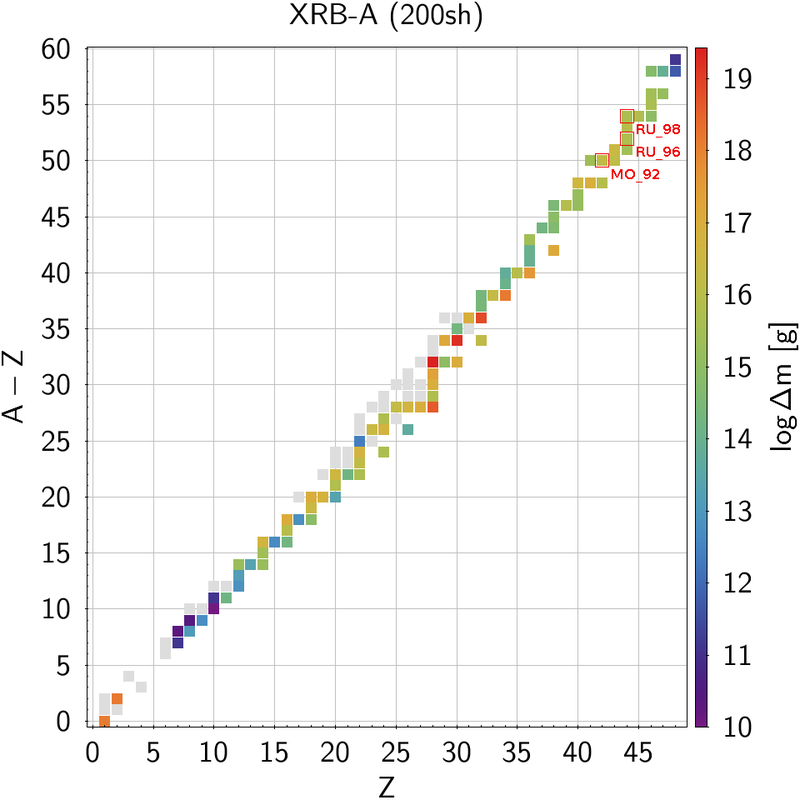Yago Herrera defends his thesis about stellar winds from X-ray bursts
Dec 19, 2021
Yago Herrera defended his thesis co-directed by Glòria Sala and Jordi José on December 15 at the Diagonal-Besos Campus. Titled "Models of stellar winds from X-ray bursts", the thesis presents a study on the possible ejection of mass through a stellar wind during X-ray bursts, quantifying its composition and possible contribution to galactic abundances, and characterizing observables magnitudes that can lead to better measuring techniques of neutron stars properties.
The study of stellar winds in the context of X-ray bursts (XRB) performed in this thesis has two main motivating issues. The first is whether or not the heavy elements produced from nucleosynthesis in XRBs can escape the neutron star (NS) gravity through the wind and contribute significantly to Galactic abundances. The special interest is set on some light p-nuclei (92,94Mo, 96,98Ru). The second relates to the determination of the equation of state of neutron-degenerate matter at high densities. Independent measurements of NS radii and masses are required to constrain available EoS theoretical models. In this regard, predictions of observable features in NS envelopes during winds are important.
A non-relativistic wind model was successfully implemented, with some improvements with respect to previous works, like the use of modern opacity tables and treatment of the critical point. Its study also required developing novel numerical methods (robust root-finding) and other useful algorithms (Battleship-like grid search). The wind model was first applied to a generic NS scenario, as a way to test its implementation, characterize possible solutions and explore the parameter space. For this, a rather flexible but sensible choice of inner boundary condition at the wind base was imposed. Even with such a generic choice of inner boundary conditions, the simulations showed some remarkable features and common patterns. Most notably, some photospheric magnitudes showed a high correlation, independently of the NS radii at which the wind base condition was imposed. These correlations are independent from model parameters too, so they are expected to appear in every scenario. They seem to derive from the choice of boundary conditions at the photosphere, and the fact that photospheric luminosity takes on values very close to Eddington luminosity, for every choice of parameters.
A study in a more realistic XRB scenario was also performed, by linking the wind model to a series of XRB hydrodynamic models. For this, we developed a technique that successfully matched different wind profiles to the conditions given during the evolution of each burst, with a quasi-stationary approach. This allowed us to construct a time evolution of wind profiles and to quantify the mass-loss of each isotope synthesized in the XRB. The ejected material contained a small fraction of our light p-nuclei of interest. However, an estimation of their significance regarding Galactic abundances showed that an unreasonable number of XRB sources like the one analyzed (corresponding to a typical XRB episode) was required to account for the expected abundances. Therefore, we concluded that XRB sources are unlikely to constitute the sole explanation of their origin.

Share: